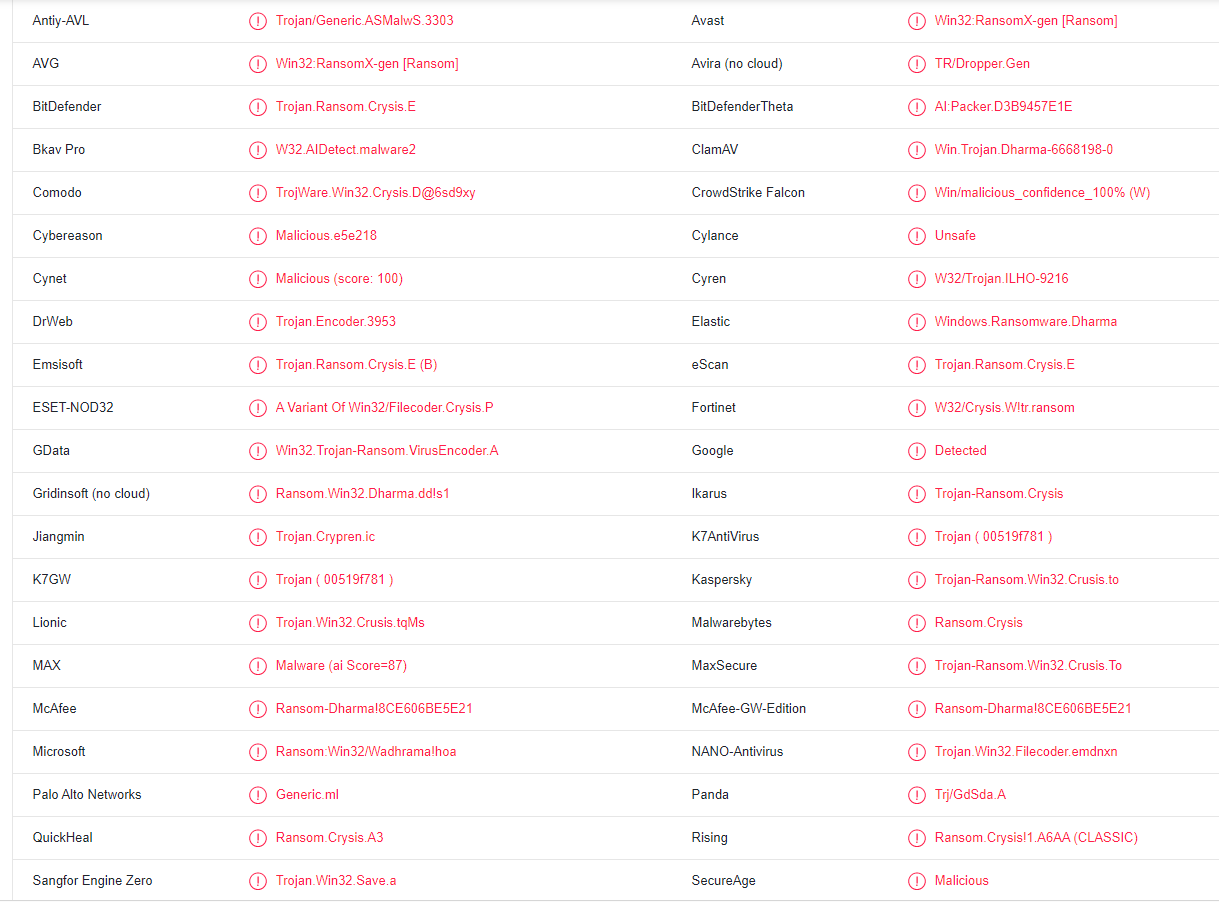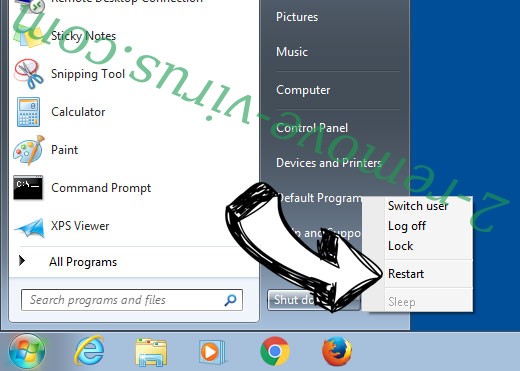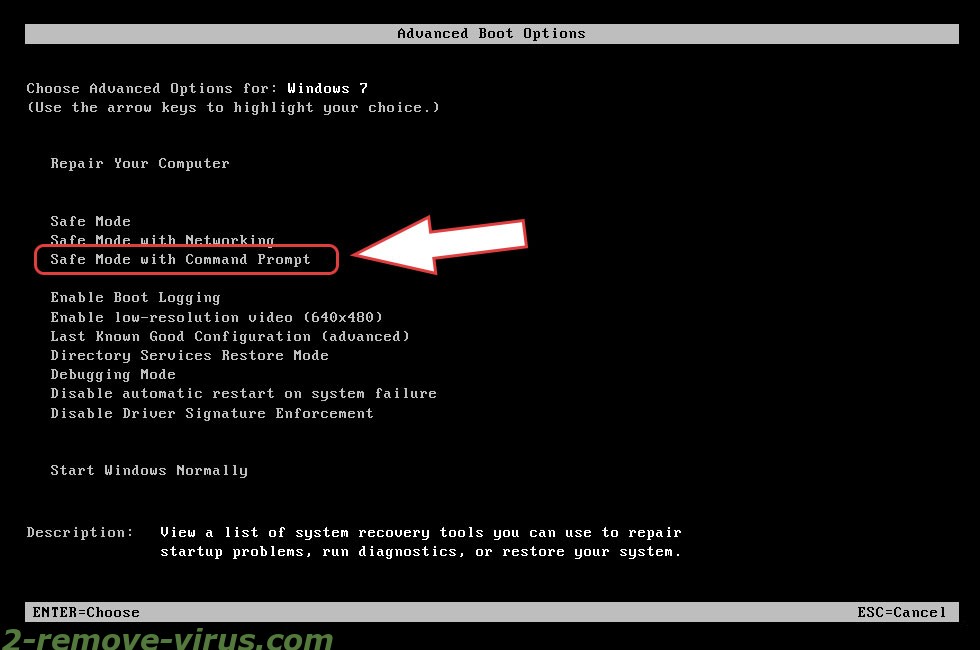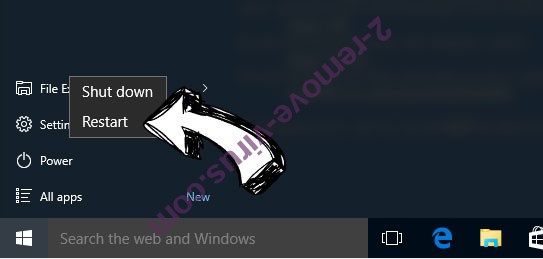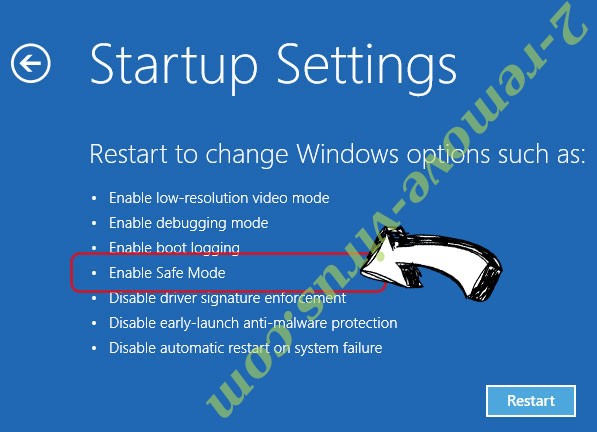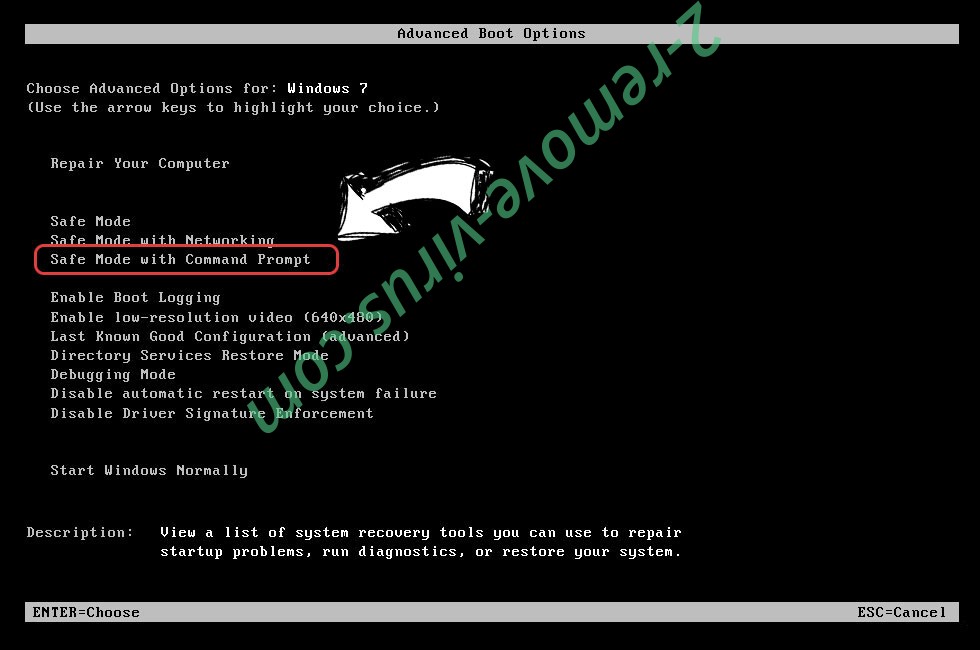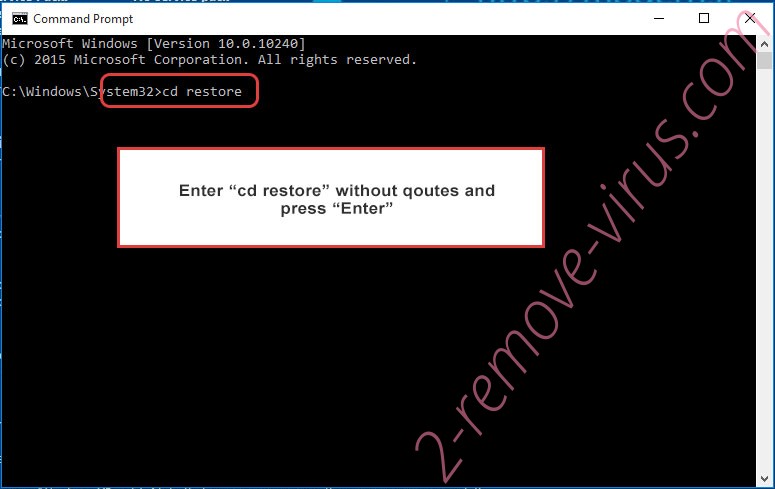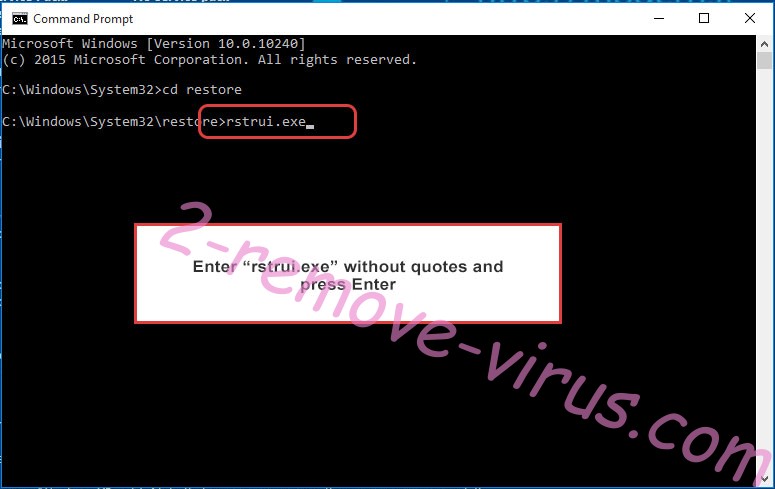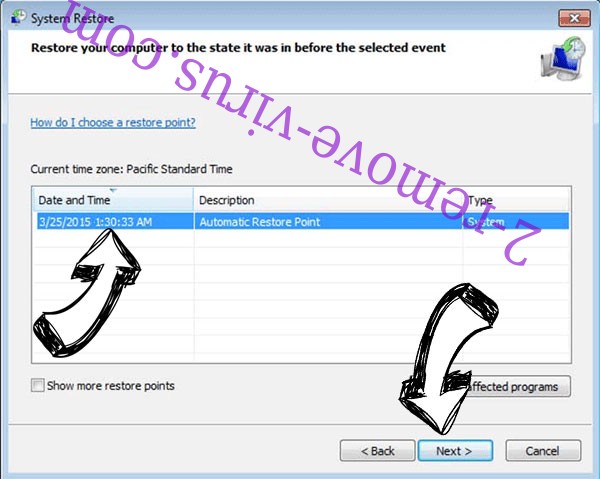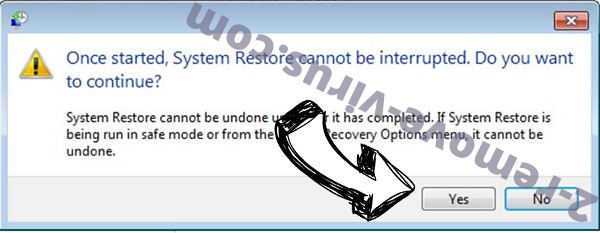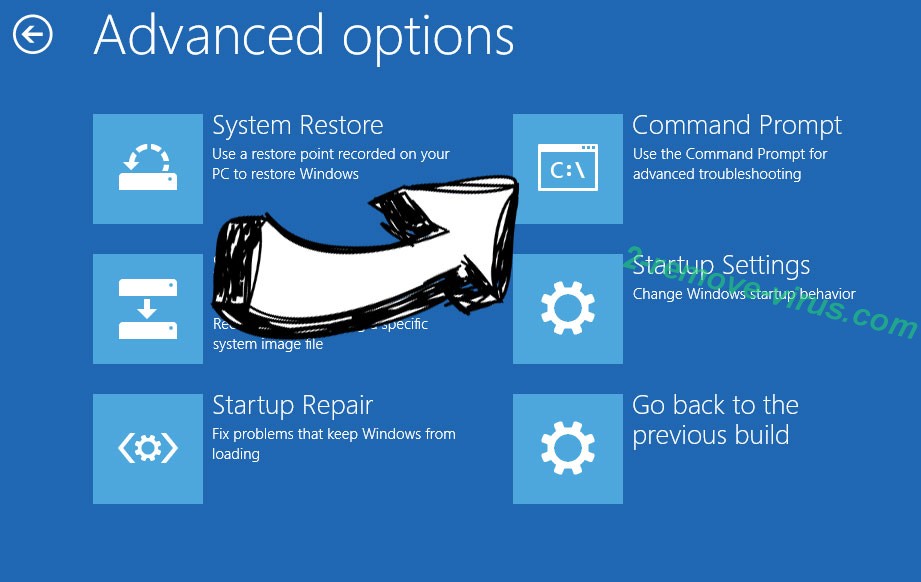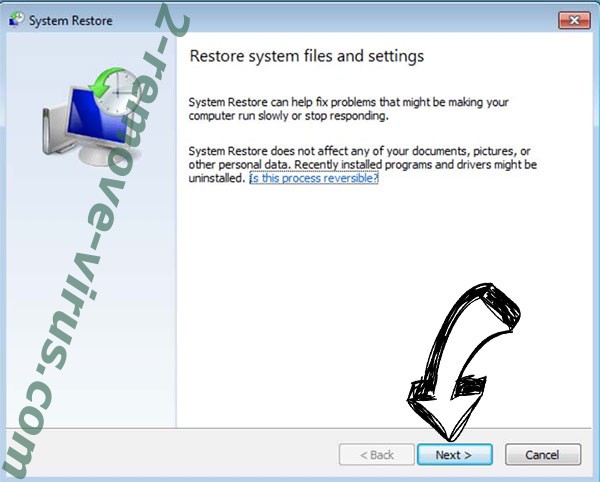Cyberpunk ransomware is a file-encrypting malware, a new variant of the notorious Dharma ransomware. This ransomware can be recognized by the extension that ends with .CYBER. This extension is added to all encrypted files. The ransomware drops a CYBER.txt ransom note, as well as shows a pop-up one. The note does not mention the price of the decryptor but it’s likely to cost up to $1000.
All personal files, including photos, videos, documents, and more, are targeted by Cyberpunk ransomware. The extension that is appended to encrypted files makes them instantly recognizable. Along with .CYBER, the extension also includes users’ assigned IDs and a contact email address. text.txt, for example, would become text.txt.unique ID.[cyberpunk@onionmail.org].CYBER. As is likely already obvious, encrypted files that have this extension will not be openable unless they are first put through a decryptor. And unfortunately, getting the decryptor will not be easy.
The ransomware displays a pop-up ransom note and drops a text one named CYBER.txt after files are fully encrypted. Both notes ask victims to send an email to cyberpunk@onionmail.org or cyberpsycho@msgsafe.io with their assigned ID but offer very little other information. The price for the decryptor is not mentioned and would likely be revealed in an email. It’s probably safe to assume that it would cost around $1000 because that’s the usual price.
Whatever the price might be, paying is not advised because it does not ensure that a decryptor will be sent. Users should know that they are dealing with cybercriminals, who don’t conduct business the same way legitimate companies would. There’s nothing to prevent them from simply taking users’ money and not giving anything in return. Unfortunately, many people have experienced this in the past. It’s also important to note that the ransom money collected from victims will be used to fund other criminal activity. Ransomware is still prevalent because victims continue to pay the demanded ransom.
Users with no backups have no other option but to wait for a free Cyberpunk ransomware decryptor to be released. It’s not available right now, but it’s not out of the question that it will be released in the future. Therefore, users should back up their encrypted files and occasionally check for a free Cyberpunk ransomware decryptor. NoMoreRansom is a good source for decryptors.
How did ransomware infect your computer?
Ransomware is spread via the same methods as other malware infections. That includes torrents, downloads from dubious sources, and email attachments. Malware infection is far more likely to occur on PCs of users who have poor browsing habits. Changing your habits for the better can help avoid a lot of malware infections.
Malware is frequently spread through email attachments. Malicious actors purchase email addresses from various hacker forums, attach malicious files, and send the emails. Users infect their computers when they open the attachments. It’s a fairly low-effort method, which is why malicious emails are usually easy to identify. They are first and foremost full of spelling and grammar mistakes. Mistakes look very out of place since senders frequently claim to be representatives of legitimate companies. Mistakes are uncommon in official emails from companies since they make the sender appear unprofessional.
Another red flag is a sender’s random email address. Before interacting with an email that asks you to click on a link or open an attachment, you should always validate the email address. It is probably a malicious email if the sender’s email address looks completely random. However, even if it appears legitimate, it is still advised to look it up to confirm whether the sender is who they say they are.
The way an email addresses you can also say a lot about whether it’s safe or malicious. Legitimate emails by companies whose services you use will always use your name to address you. Companies frequently use this technique to make emails appear more personal. However, because cybercriminals often do not have users’ personal information, they are forced to refer to users as “Users”, “Members”, “Customers,” etc.
Some malicious emails might be far more sophisticated, particularly if malicious actors are targeting a specific person and have information about them. Such an email would address recipients by name, use proper grammar and spelling, and contain information that would make the email seem more credible. It is strongly advised to scan any email attachments with anti-virus software or VirusTotal before opening them in order to prevent opening harmful files.
By downloading from dubious sources, users also risk infecting their computers with a huge variety of malware. Because malware can be found everywhere on the Internet, downloading should only be done from reputable, authorized sources.
Finally, torrents are frequently used to distribute malware. On poorly moderated torrent websites, malicious actors upload torrents that contain malware. Malware is typically found in torrents for entertainment-related content, specifically video games, TV shows, and movies. Torrenting copyrighted content is risky for the computer/data. It’s also effectively theft.
Cyberpunk ransomware removal
Ransomware is one of the more dangerous types of malware infections. Manual Cyberpunk ransomware removal is not recommended unless you know exactly what to do. If you don’t and still try, you could end up causing even more damage to your computer. Given that it is a sophisticated malware infection, a professional tool should be used to remove it.
Once Cyberpunk ransomware has been completely removed from the computer by an anti-virus program, you can start recovering files immediately if you have a backup. If you were to connect to your backup while ransomware was still active, it would encrypt backed-up files as well.
Users have no other option than to wait for the free Cyberpunk ransomware decryptor to be released if they have no backup. It’s unclear when or even if it would be released. If it is ever made available, it would appear on NoMoreRansom.
Cyberpunk ransomware is detected:
- Win32:RansomX-gen [Ransom] by AVG/Avast
- Trojan.Ransom.Crysis.E by BitDefender
- Trojan.Ransom.Crysis.E (B) by Emsisoft
- A Variant Of Win32/Filecoder.Crysis.P by ESET
- Ransom-Dharma!8CE606BE5E21 by McAfee
- Ransom:Win32/Wadhrama!hoa by Microsoft
- Ransom.Win32.CRYSIS.SM by TrendMicro
- Trojan-Ransom.Win32.Crusis.to by Kaspersky
- Ransom.Crysis by Malwarebytes
Quick Menu
Step 1. Delete Cyberpunk ransomware using Safe Mode with Networking.
Remove Cyberpunk ransomware from Windows 7/Windows Vista/Windows XP
- Click on Start and select Shutdown.
- Choose Restart and click OK.

- Start tapping F8 when your PC starts loading.
- Under Advanced Boot Options, choose Safe Mode with Networking.

- Open your browser and download the anti-malware utility.
- Use the utility to remove Cyberpunk ransomware
Remove Cyberpunk ransomware from Windows 8/Windows 10
- On the Windows login screen, press the Power button.
- Tap and hold Shift and select Restart.

- Go to Troubleshoot → Advanced options → Start Settings.
- Choose Enable Safe Mode or Safe Mode with Networking under Startup Settings.

- Click Restart.
- Open your web browser and download the malware remover.
- Use the software to delete Cyberpunk ransomware
Step 2. Restore Your Files using System Restore
Delete Cyberpunk ransomware from Windows 7/Windows Vista/Windows XP
- Click Start and choose Shutdown.
- Select Restart and OK

- When your PC starts loading, press F8 repeatedly to open Advanced Boot Options
- Choose Command Prompt from the list.

- Type in cd restore and tap Enter.

- Type in rstrui.exe and press Enter.

- Click Next in the new window and select the restore point prior to the infection.

- Click Next again and click Yes to begin the system restore.

Delete Cyberpunk ransomware from Windows 8/Windows 10
- Click the Power button on the Windows login screen.
- Press and hold Shift and click Restart.

- Choose Troubleshoot and go to Advanced options.
- Select Command Prompt and click Restart.

- In Command Prompt, input cd restore and tap Enter.

- Type in rstrui.exe and tap Enter again.

- Click Next in the new System Restore window.

- Choose the restore point prior to the infection.

- Click Next and then click Yes to restore your system.

Offers
Download Removal Toolto scan for Cyberpunk ransomwareUse our recommended removal tool to scan for Cyberpunk ransomware. Trial version of provides detection of computer threats like Cyberpunk ransomware and assists in its removal for FREE. You can delete detected registry entries, files and processes yourself or purchase a full version.
More information about SpyWarrior and Uninstall Instructions. Please review SpyWarrior EULA and Privacy Policy. SpyWarrior scanner is free. If it detects a malware, purchase its full version to remove it.

WiperSoft Review Details WiperSoft (www.wipersoft.com) is a security tool that provides real-time security from potential threats. Nowadays, many users tend to download free software from the Intern ...
Download|more


Is MacKeeper a virus? MacKeeper is not a virus, nor is it a scam. While there are various opinions about the program on the Internet, a lot of the people who so notoriously hate the program have neve ...
Download|more


While the creators of MalwareBytes anti-malware have not been in this business for long time, they make up for it with their enthusiastic approach. Statistic from such websites like CNET shows that th ...
Download|more
Site Disclaimer
2-remove-virus.com is not sponsored, owned, affiliated, or linked to malware developers or distributors that are referenced in this article. The article does not promote or endorse any type of malware. We aim at providing useful information that will help computer users to detect and eliminate the unwanted malicious programs from their computers. This can be done manually by following the instructions presented in the article or automatically by implementing the suggested anti-malware tools.
The article is only meant to be used for educational purposes. If you follow the instructions given in the article, you agree to be contracted by the disclaimer. We do not guarantee that the artcile will present you with a solution that removes the malign threats completely. Malware changes constantly, which is why, in some cases, it may be difficult to clean the computer fully by using only the manual removal instructions.

